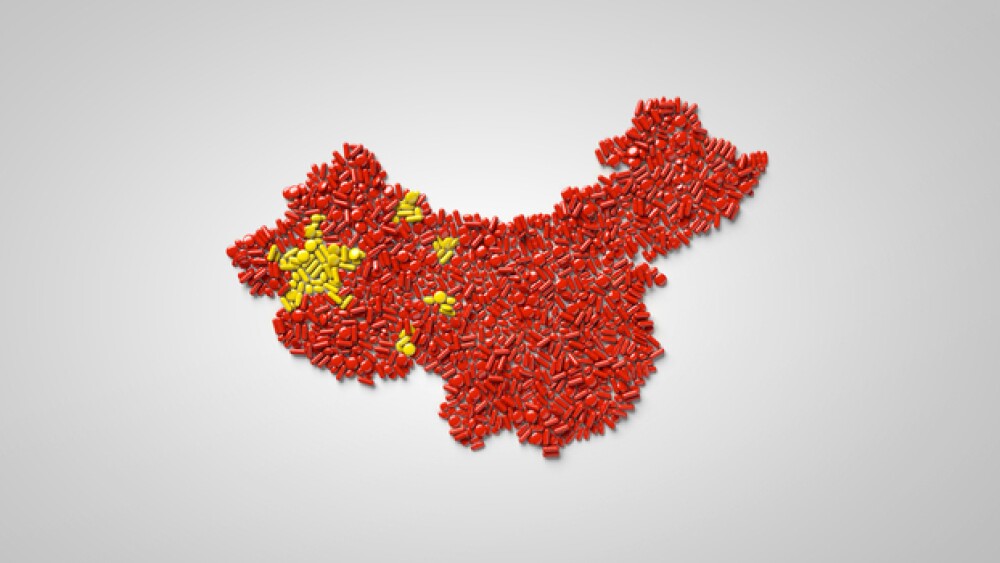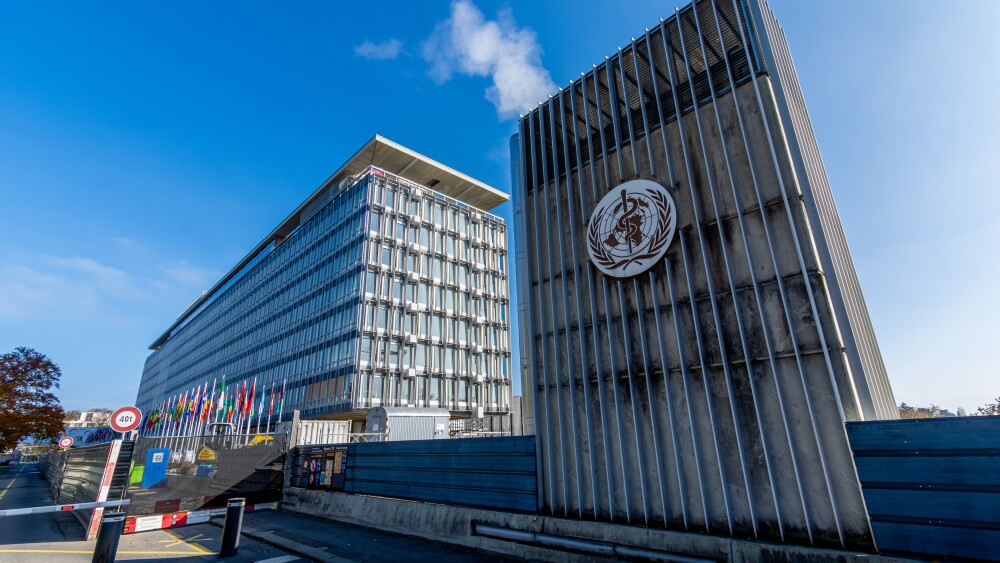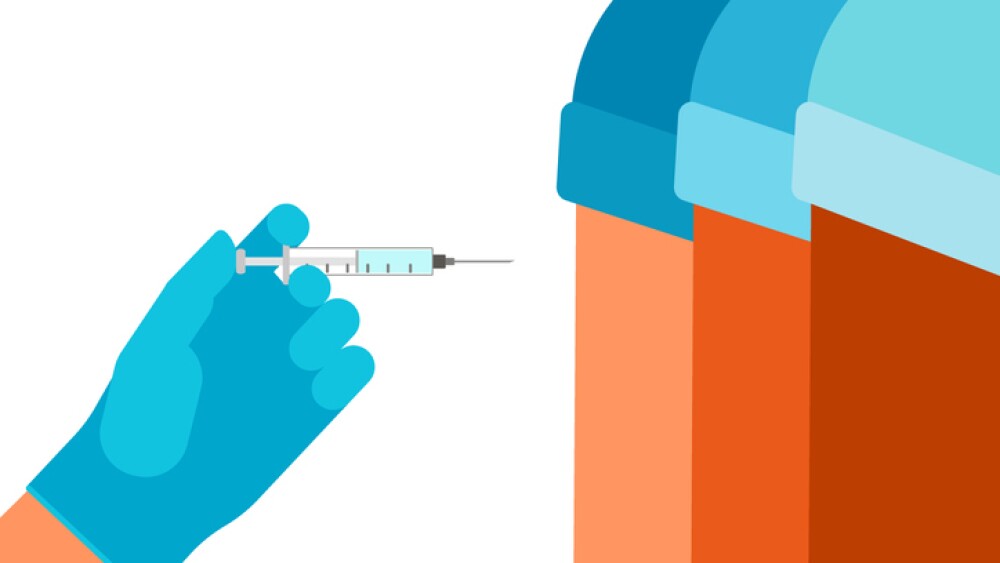Back in August, China’s Center for Drug Evaluation, its version of the U.S. Food and Drug Administration (FDA), fast-tracked 48 drugs that had already been approved in the U.S., Japan or Europe. These approvals reflect changes to China’s drug pharmaceutical environment.
In the 21 months leading up to September 2018, China’s drug regulatory officials approved the use of 30 innovative drugs from companies outside China.
Of those 30 drugs, eight were from New Jersey-based Merck & Co.
Back in August, China’s Center for Drug Evaluation, its version of the U.S. Food and Drug Administration (FDA), fast-tracked 48 drugs that had already been approved in the U.S., Japan or Europe. These approvals reflect changes to China’s drug pharmaceutical environment, including the changing of its name, the National Medical Products Administration (NMPA). A reorganization made the former China Food and Drug Administration (CDFA) a vice-ministry level central government body under State Administration of Market Regulation, along with the name change.
Maggie Chang, vice president, regulatory affairs at China-based Hangzhou Tigermed Consulting, wrote in late September in The Pharma Letter, about the changes. She noted, “Since the beginning of this year, the Standing Committee of State Council has held two meetings to discuss how to expedite the importation of innovative drugs approved in other countries, how to simplify the registration process of drugs for rare diseases and the drugs to prevent and treat the life-threatening diseases.”
The NMPA then implemented those requirements and developed new regulations and guidelines. One change that seems odd, especially in a bureaucracy as large and complex as China’s, is that no approval letters to proceed with clinical trials are issued. “If the application does not receive any negative opinion or queries from the CDE,” Chang writes, “the clinical trial could be carried out.”
In July, the NMPA also published the Technical Guidelines for Acceptance of Overseas Drug Clinical Trial Data. In a change, this means that early Phase clinical trial data from other countries can be used in support of drug marketing applications in China. This is much more in line with international practices.
The results of these changes can be seen in the most recent spate of approvals. Last year China approved 40 innovative foreign drug approvals, the most in one year for at least the last 10 years. In 2016, for example, the country approved only three foreign drugs. Consulting firm McKinsey & Co. told the Wall Street Journal that this year’s rate could exceed last year’s.
China has the world’s second-largest drug market. At this time, companies outside of China supply less than 25 percent of drugs by value to Chinese hospitals.
However, the Wall Street Journal notes that big drug companies have some reservations about the China market. Though an enormous market, many drug companies have had to cut prices so the China government’s insurance will cover costs of newly approved therapeutics. “And so far,” the Wall Street Journal reports, “only one out of seven foreign drugs approved since the start of last year has been added to the list of treatments partially covered by China’s public insurance program, leaving numerous drugs beyond the financial reach of many patients.”
The Chinese government is also pushing its domestic drug manufacturers to improve the quality of generic drugs. As a result, non-Chinese companies that supply generics to the China market expect their sales to drop.
Other companies that received drug approval this year in China include Johnson & Johnson, Gilead Sciences, Bristol-Myers Squibb, and Pfizer. Novartis received nine new drug approvals since the beginning of 2017.





